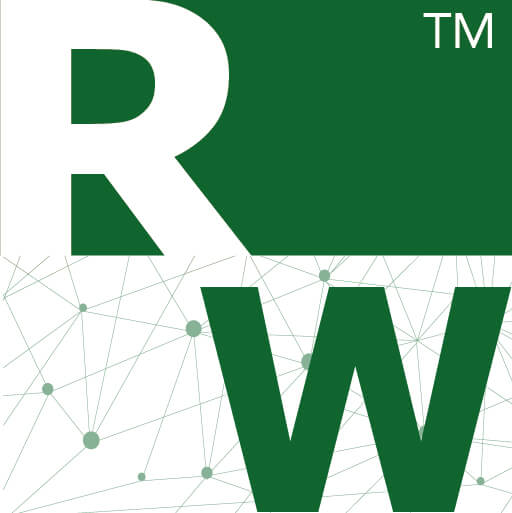After almost a decade, The Federal Reserve raises a higher interest rate for the first time.
The Federal Open Market Committee unanimously voted to set the new target range for the federal funds rate at 0.25 percent to 0.5 percent, up from zero to 0.25 percent.
Policy Makers forecasted an appropriate rate of 1.375 percent at the end of 2016 which implies a four-quarter point increase in 2016. However, Dr Janet Yellen insisted that The Fed will remain data dependent and she strongly doubt evenly spaced hikes are coming.
What does this mean for us?
- Higher rates might discourage lending and that reduces the chance of a credit crisis
- Higher rates are good for companies with a lot of cash as they could get higher interest rate and return on it. However, it could hurt companies that have borrowed too much money from the banks with floating interest rate as they would need to pay more interest
- With higher rates, higher inflation is expected, that is good for stocks generally
- Higher rates will make the dollar stronger
- With higher rates, emerging markets like Russia, Venezuela and Nigeria will suffer – the country’s main source of revenues is dependent on commodities – since commodities are traded in dollars, their prices could drop even further if the dollar strengthens
The raising of interest rate might signal confidence in the US economy; now businesses can cope with higher interest rate and still grow. But, we should be mindful that the risk of unexpected recession is still there. Since 1854, according to the National Bureau of Economic Research, the typical economic expansion lasts only around three years. More recently, the average life span of an economic expansion has been just under five years since 1945.
The current expansion of the business cycle has lasted 7 years and the longest ever lasted 10 years which was from 1991 to 2001. This means that based on history it will not be long before we hit another recession. When a recession hits, the Fed will not have a choice but to cut interest rates again.
For the investors out there, fear not – focus on things we can control – like how long we can stay invested despite all the macroeconomic factors and what stocks we choose to buy. We believe this will have a bigger impact on our investing results in the long run.
Always remember, buying a stock is like buying a business – you would want to stick and have faith in your business through good times and more importantly, through bad times.
Sign up for my premium investing newsletter
Further Reading:
